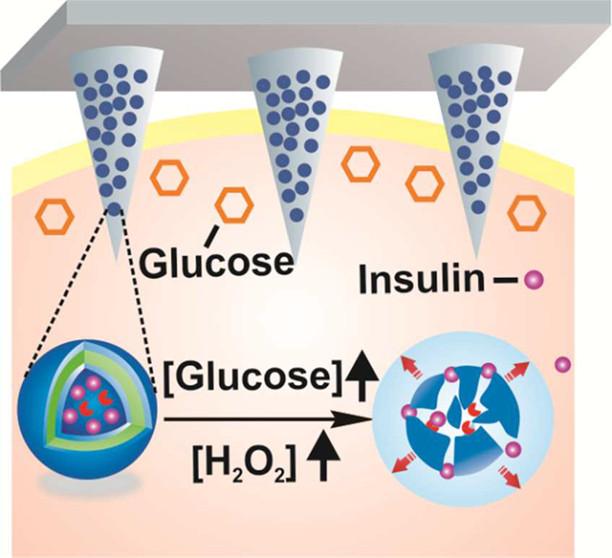November 2002 - According to a recent study that appears this week in the Proceedings of the National Academy of Sciences, embryonic stem cells were developed into a insulin producing tissue which kept diabetic mice alive -- something experts say is an important step toward new diabetes treatments.
In the study, Stanford University researchers cultured mouse embryonic stem cells until they developed into an insulin-producing tissue. After putting the tissue into diabetic mice, the mice were sustained by the insulin produced by the tissue graft.
Researchers used special chemicals that caused mouse embryonic stem cells to transform into cell masses resembling pancreatic islets, and experiments showed that the cells produced insulin. They then used chemicals to kill the beta cells in a group of laboratory mice, turning them into diabetic mice -- and grafted some of the insulin-producing tissue into the mice. The transplanted tissue produced insulin in response to sugar levels in the blood stream of the mice, keeping the mice alive. Mice that did not receive the tissue graft died.
"The fact that we were able to achieve rescue survival in these mice hasn't been demonstrated before in this way," said Ingrid C. Rulifson, a first author of the study.
According to Dr. Robert Goldstein, chief scientific officer for the Juvenile Diabetes Research Foundation International, the finding is "a significant advance" in embryonic stem cell research and diabetes, but he also said that it will have no immediate applications for people.
Continue Reading Below ↓↓↓
While the technique is not ready for human testing at this time, it can eventually lead to using embryonic stem cells to make new insulin-producing islets. Actually translating the mouse data into human therapy could take several years, meaning it could take quite a while before human diabetics can be treated with tissue developed from embryonic stem cells.
The ultimate hope is to use embryonic stem cells to make new beta cells, which could then be transplanted into people living with diabetes and produce normal levels of insulin.
Sources: Proceedings of the National Academy of Sciences (http://www.pnas.org); Stanford University (http://mednews.stanford.edu/)









